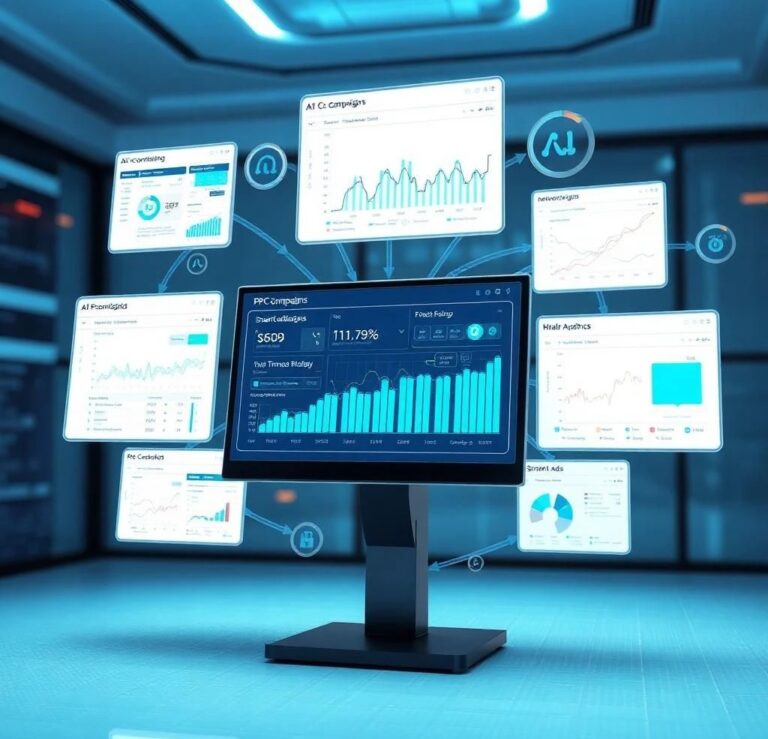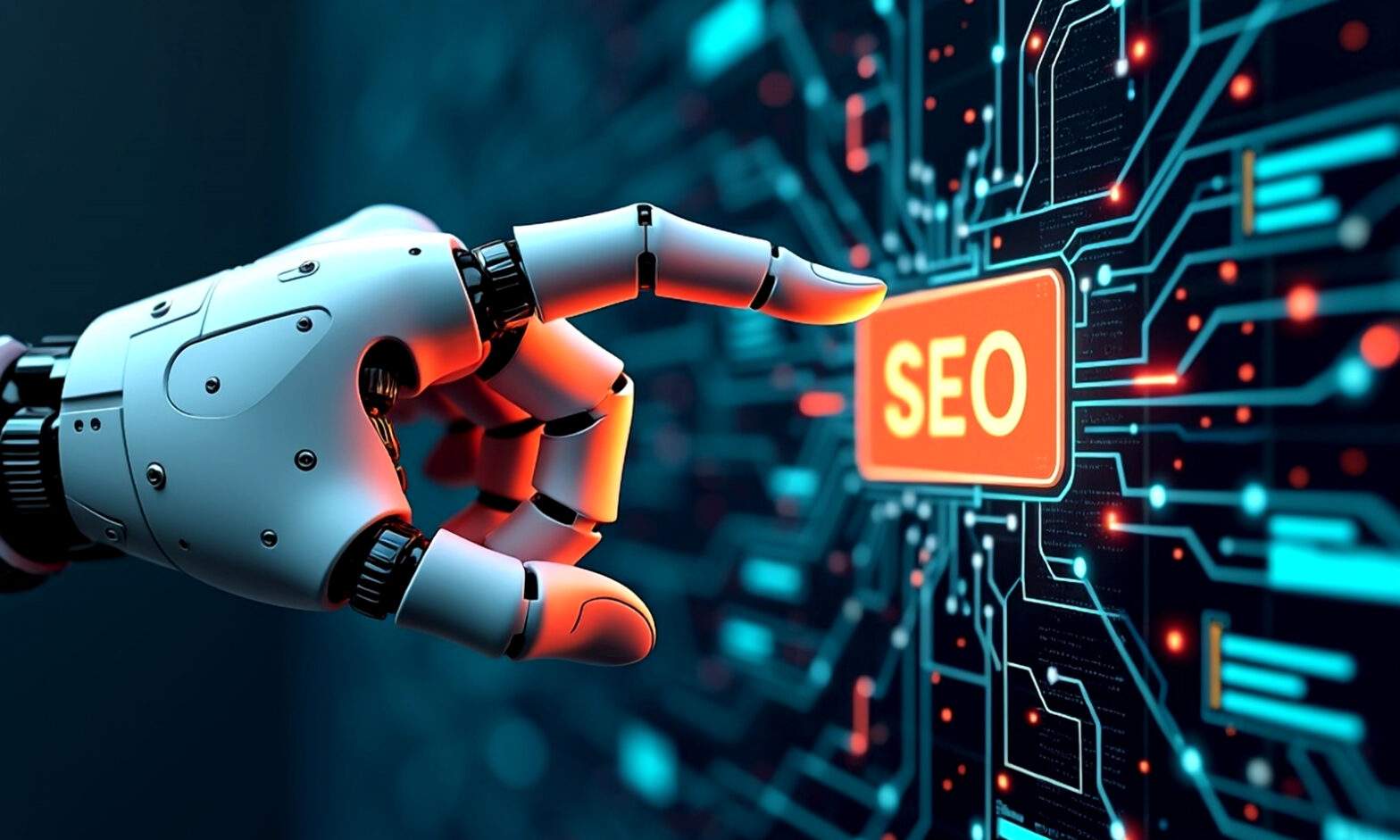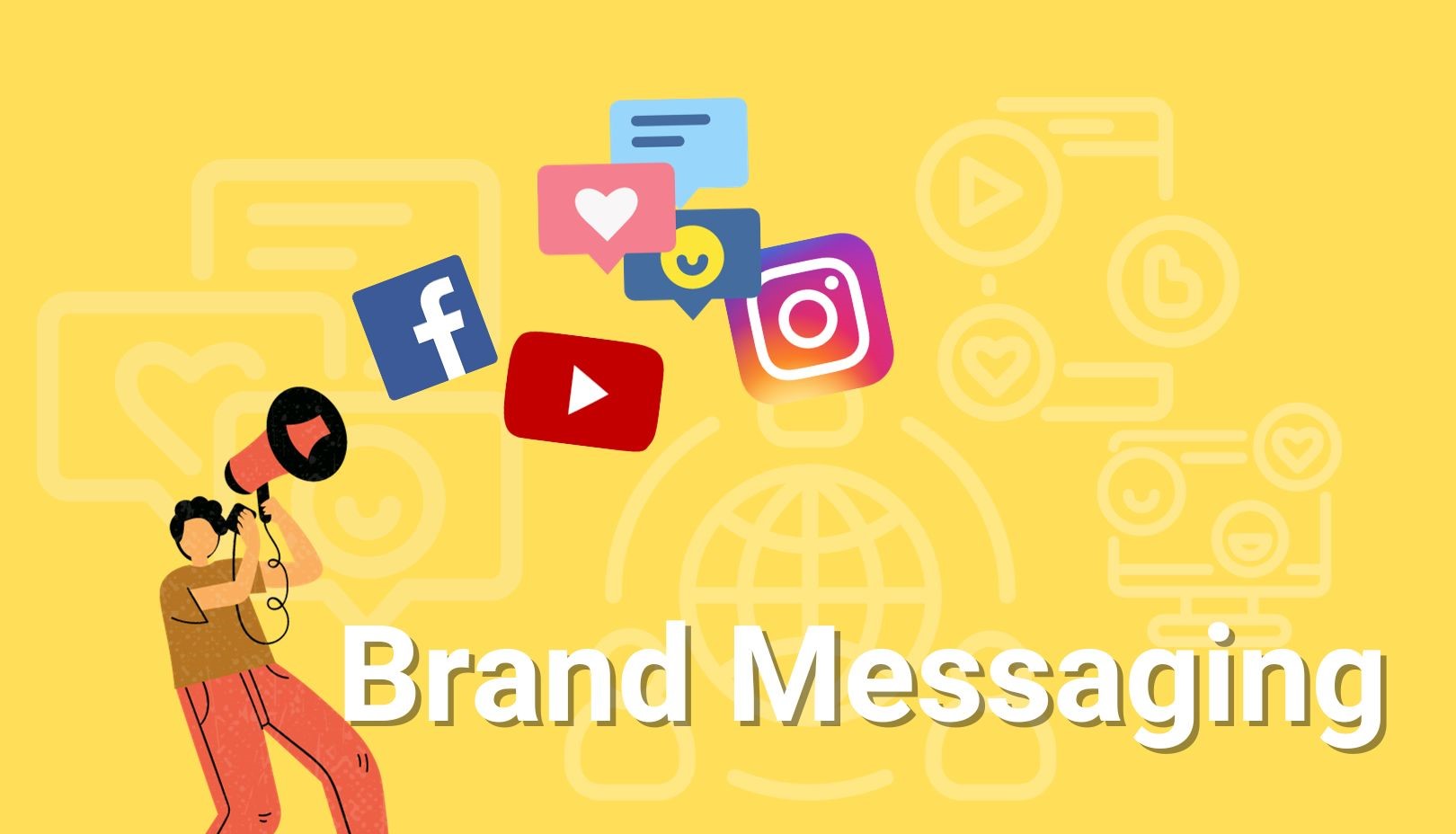Table of Contents
For years, Google Ads has been the beating heart of online advertising. But with the rise of artificial intelligence, the rules of paid marketing are changing faster than ever. From Performance Max to new automation systems, marketers are entering an era where machine learning takes the lead—while strategy and creative insight become more important than ever.
From Campaign Management to Intelligent Optimization
Before AI, success on Google Ads relied on careful manual setup: segmenting audiences, writing multiple ad versions, testing bids, and managing keywords. Today, AI-driven campaigns—especially Performance Max—are transforming this approach.
Performance Max campaigns automatically distribute your budget across all Google channels (Search, Display, YouTube, Discover, Gmail, and Maps) and use machine learning to identify the best combinations of creatives, audiences, and placements.
But this automation doesn’t mean marketers are less needed—it means their role has evolved. The new challenge is no longer managing each campaign setting manually, but rather training the algorithm with the right data and creative signals.
The Rise of “Prompt Marketing”
AI-based campaigns are powered by prompts—text instructions that help algorithms understand a brand’s goals, tone, and target audience. Crafting strong prompts is becoming a core skill for digital marketers.
For instance, an agency like Canibuy in Montreal doesn’t just set up Google Ads campaigns—it helps brands define data-driven prompts that teach Google’s AI what success looks like: the right conversions, audience behaviors, and brand messages.
This new skill blends creative direction and data intelligence, making the marketer a strategic guide rather than just an operator.
The Data Behind the Machine
AI in Google Ads works best with clean, well-structured data. Conversion tracking, audience segmentation, and feed optimization now directly influence how the system learns and improves.
For example:
- A Montreal-based e-commerce brand using Performance Max can feed the system not only product details but also customer lifetime value (LTV) or purchase intent signals.
- The algorithm then adjusts bidding strategies and ad creatives in real time to favor high-value users.
In short, the smarter your data, the smarter your campaigns.
The New Role of the Marketer
AI doesn’t replace marketing strategy—it amplifies it. The marketer’s job now focuses on:
- Setting strategic goals and defining key performance indicators (KPIs).
- Feeding the algorithm with quality inputs (creative assets, audience insights, and conversion data).
- Interpreting the results and making continuous creative and strategic adjustments.
Rather than spending time on manual bid adjustments, marketers can now focus on what truly drives performance—understanding human behavior and crafting powerful brand messages.
The Canibuy Approach: Data, AI, and Human Insight
At Canibuy, we believe that the future of Google Ads lies at the intersection of automation and human expertise. Our team combines data analytics, machine learning tools, and creative strategy to deliver campaigns that not only perform but evolve intelligently.
AI is a partner, not a replacement. The key lies in knowing how to collaborate with the machine—and that’s where Canibuy’s expertise makes the difference.




